Filter by
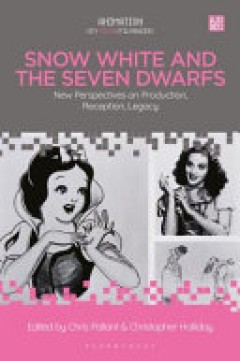
Snow white and the seven dwarfs : new perspectives on production, reception, …
This book is available as open access through the Bloomsbury Open Access programme and is available on www.bloomsburycollections.com Walt Disney’s Snow White and the Seven Dwarfs (David Hand, 1937) occupies a central place within the history of global animation. Based on the German fairy tale by the Brothers Grimm, the film was the first feature-length animated film produced by the Disney Stu…
- Edition
- -
- ISBN/ISSN
- 9781501351198
- Collation
- -
- Series Title
- -
- Call Number
- 791.4372 PAL s
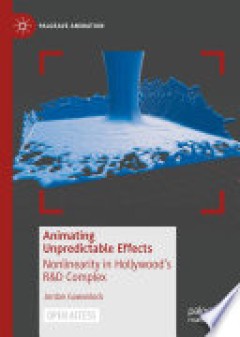
Animating Unpredictable Effects : Nonlinearity in Hollywood's RetD Complex
Uncanny computer-generated animations of splashing waves, billowing smoke clouds, and characters’ flowing hair have become a ubiquitous presence on screens of all types since the 1980s. This Open Access book charts the history of these digital moving images and the software tools that make them. Unpredictable Visual Effects uncovers an institutional and industrial history that saw media indus…
- Edition
- -
- ISBN/ISSN
- 9783030742270
- Collation
- xi + 206 p
- Series Title
- -
- Call Number
- 791.4334 GOW a

Animating film theory
Animating Film Theory provides an enriched understanding of the relationship between two of the most unwieldy and unstable organizing concepts in cinema and media studies: animation and film theory. For the most part, animation has been excluded from the purview of film theory. The contributors to this collection consider the reasons for this marginalization while also bringing attention to key…
- Edition
- -
- ISBN/ISSN
- 9780822376811
- Collation
- x + 359 p
- Series Title
- -
- Call Number
- 791.4334 BEC a
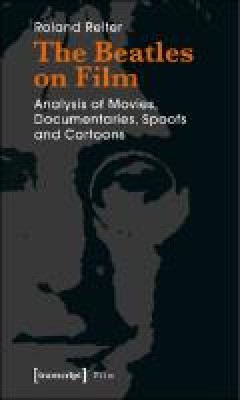
The Beatles on film : analysis of movies, documentaries, spoofs and cartoons
This book provides the production history and a contextual interpretation of The Beatles' movies (A Hard Day's Night, Help!, Yellow Submarine, Let It Be) and describes their ability to project the group's image at different stages in their career. It also includes a discussion of all of The Beatles' promotional films and videos, as well as their television cartoon series and the self-produced t…
- Edition
- -
- ISBN/ISSN
- 9783899428858
- Collation
- 214 p.
- Series Title
- -
- Call Number
- 782.4216609220942 REI t

The orientalist semiotics of dune religious and historical references within …
Frank Herbert’s »Dune« (1965) is considered to be one of the most successful Science Fiction novels of the 20th century. It introduces its readers to a future universe, in which the production of the most valuable resource of the universe – ›spice‹ – is only possible on one vast desert planet called Arrakis. »Dune« offers many different motifs, including a hero that eventually tur…
- Edition
- -
- ISBN/ISSN
- 9783963173028
- Collation
- ill; 118 p.
- Series Title
- -
- Call Number
- 300 JAC t

Inventing cinema : machines, gestures and media history
With machines mediating most of our cultural practices, and innovations, obsolescence and revivals constantly transforming our relation with images and sounds, media feel more unstable than ever. But was there ever a ‘stable’ moment in media history? *Inventing Cinema* proposes to approach this question through an archaeology and epistemology of media machines. The archaeology analyses them…
- Edition
- -
- ISBN/ISSN
- 9789048550463
- Collation
- 267 p.
- Series Title
- Cinema and Technology,
- Call Number
- 778.53 TUR i
Cold War cosmopolitanism: period style in 1950s Korean cinema
"Han Hyung-mo was a major figure within South Korea’s Golden Age cinema. The director of Madame Freedom (1956), the most famous film of the 1950s, Han made popular films that explored women’s relationship to modernity. He was also a master stylist who introduced technological innovations and fresh ideas about film form and genre into Korean cinema. This book offers a transnational cultural …
- Edition
- -
- ISBN/ISSN
- 9780520968981
- Collation
- pages cm
- Series Title
- -
- Call Number
- 791.430233092 KLE c
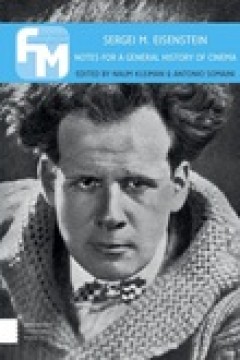
Sergei M. Eisenstein: notes for a general history of cinema
One of the iconic figures of the twentieth-century cinema, Sergei Eisenstein is best known as the director of The Battleship Potemkin, Alexander Nevskii and Ivan the Terrible. His craft as director and film editor left a distinct mark on such key figures of the Western cinema as Nicolas Roeg, Francis Ford Coppola, Sam Peckinpah and Akiro Kurosawa.This comprehensive volume of Eisenstein’s writ…
- Edition
- -
- ISBN/ISSN
- 9789089648440
- Collation
- -
- Series Title
- Film Theory in Media History
- Call Number
- 791.430233092 SER s
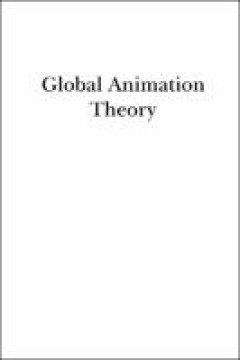
Global animation theory : international perspectives at animafest zagreb
Global Animation Theory offers detailed and diverse insights into the methodologies of contemporary animation studies, as well as the topics relevant for today’s study of animation. The contact between practical and theoretical approaches to animation at Animafest Scanner, is closely connected to host of this event, the World Festival of Animated Film Animafest Zagreb. It has given way to aca…
- Edition
- -
- ISBN/ISSN
- 9781501337154
- Collation
- XV, 265 p.
- Series Title
- -
- Call Number
- 791.4334 GLO g
 Computer Science, Information & General Works
Computer Science, Information & General Works  Philosophy & Psychology
Philosophy & Psychology  Religion
Religion  Social Sciences
Social Sciences  Language
Language  Pure Science
Pure Science  Applied Sciences
Applied Sciences  Art & Recreation
Art & Recreation  Literature
Literature  History & Geography
History & Geography